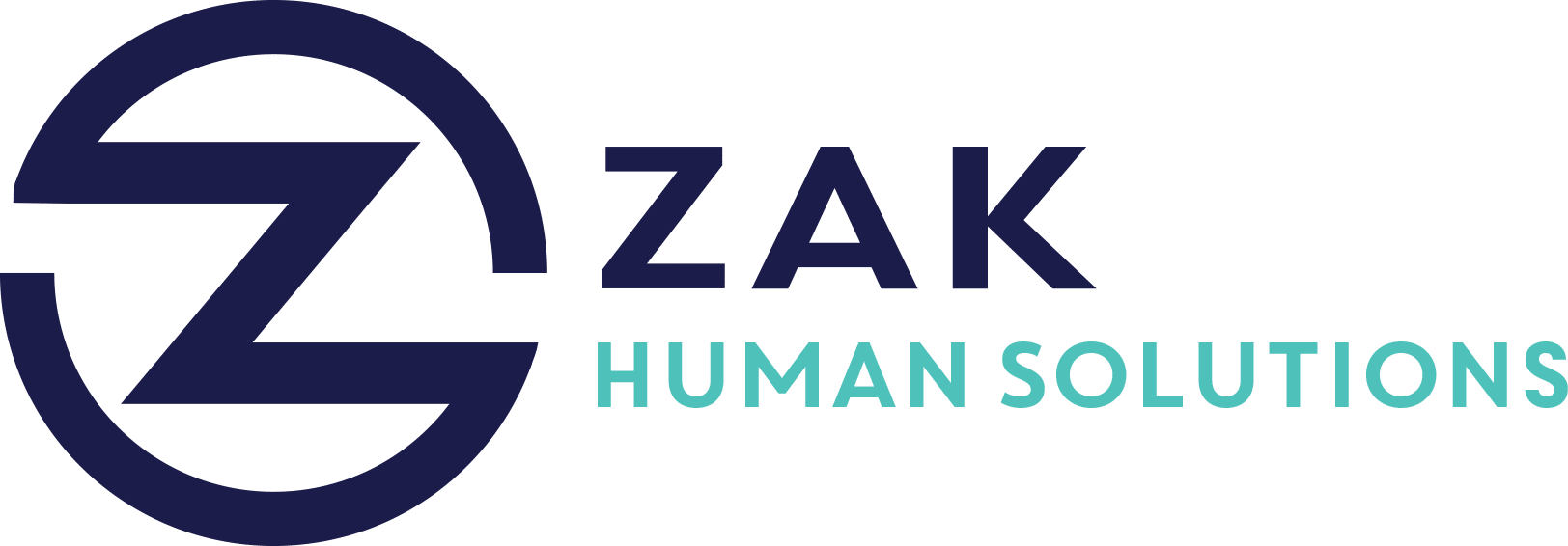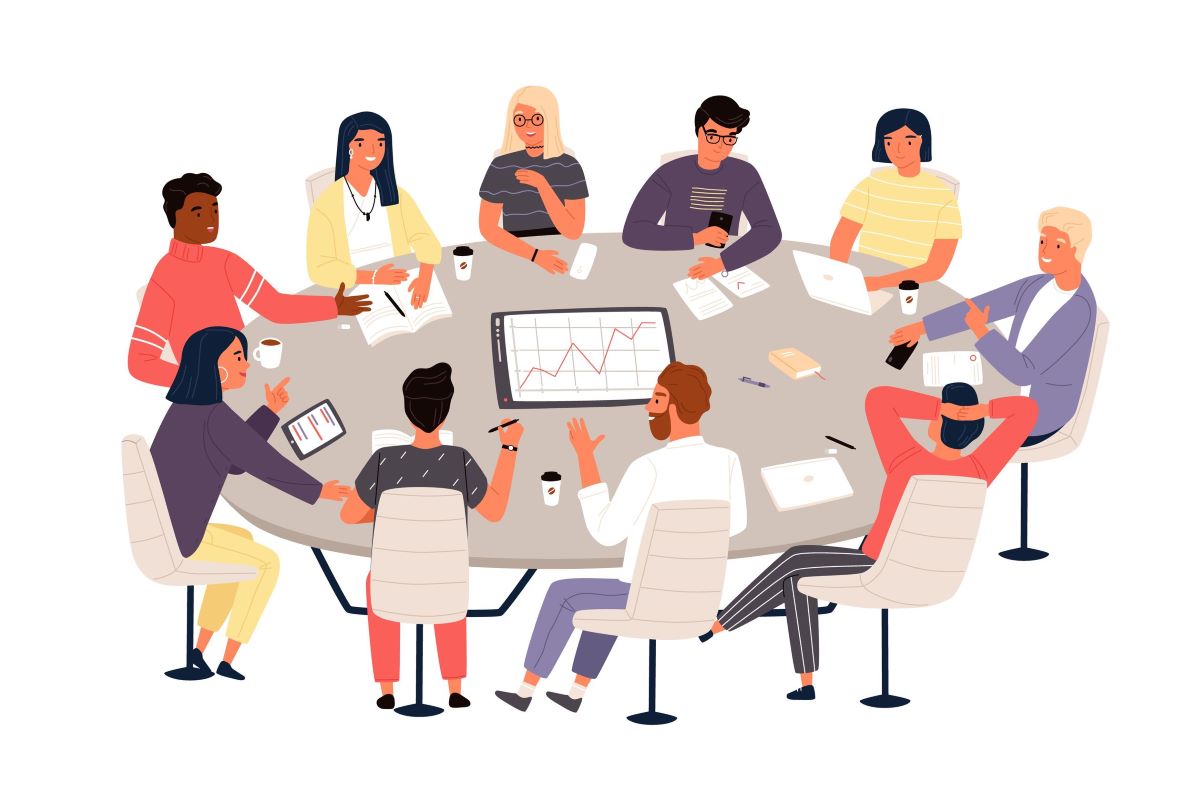Key Takeaways
- Ninety percent of Fortune 500 companies have Employee Resource Groups (ERGs), which enhance employee inclusion and engagement.
- ERGs provide safety nets for sharing experiences and building a community, especially during uncertain times.
- In conversation with Brian K. Reaves, ERGs are highlighted as crucial for leveraging diverse perspectives, fostering innovation, and driving business success through improved reputation and retention.
- The RISE ERG is designed to connect generational bridges in the workplace and empower early-career employees for growth and innovation.
- ERGs are identified as essential in businesses, with UKG research noting their benefits in engagement, retention, and innovation.
- ERGs significantly boost employee engagement through trust and inclusivity, aligning with the UKG’s Great Place to Work model’s nine high-trust behaviors.
- Sharing personal stories within ERGs helps retention by fostering deeper connections between employees and the organization.
- ERGs serve as reflections of the communities companies serve, providing insights that aid in innovation and addressing unmet market needs.
Employee Resource Groups (ERGs) have become a transformative force within organizations, significantly impacting employee satisfaction and company success. Ninety percent of Fortune 500 companies embrace ERGs, which serve as vital ecosystems for enhancing employee inclusion, engagement, and overall workplace culture. These groups are not just supportive networks but are critical drivers of innovation and engagement. This blog post delves into the substantial benefits and strategic value ERGs bring to businesses.
What Are Employee Resource Groups?
Employee Resource Groups (ERGs) are voluntary, employee-led groups that focus on various dimensions of diversity, including ethnicity, gender, sexual orientation, and generational differences. They are structured to support professional development, community engagement, and networking, providing members with a platform to share experiences and insights.
Why ERGs Matter: Insights from Leaders in the Field
In a compelling discussion with Brian K. Reaves, Executive Vice President and Chief Belonging, Equity, and Impact Officer at UKG, he emphasizes the significance of ERGs in leveraging diverse perspectives for innovation. According to Reaves, ERGs are instrumental in driving business success, improving reputation, and increasing retention rates. His insights highlight the essential role of these groups in creating a thriving workplace ecosystem.
Key Benefits of ERGs
- Enhanced Engagement and Inclusivity
- Trust and Culture Building: ERGs create a culture of trust, inclusivity, and belonging. UKG’s Great Place to Work model outlines nine high-trust behaviors, including listening, thanking, and celebrating, which are integral to employee engagement.
- Community and Support: ERGs act as safety nets, especially during times of uncertainty, offering employees a sense of belonging and a platform to voice their experiences and concerns.
- Retention through Storytelling and Connection
- Deepened Employee Connections: By fostering storytelling and community, ERGs enhance retention. Employees feel more connected when they can share personal stories and engage with the larger organization.
- Tailored Support Networks: For example, the “Nest” ERG at UKG provides a unique community for caregivers, facilitating vital connections and support during crucial life stages.
- Driving Innovation and Business Success
- Mirror to the Marketplace: ERGs serve as microcosms of the communities companies aim to serve, offering invaluable insights that drive innovation and address market needs.
- Cross-Generational Growth: RISE (Rising Innovators Sustaining Excellence), a newly formed ERG, focuses on bridging generational gaps and empowering early-career employees. This promotes individual and organizational growth through knowledge sharing and professional development.
The Role of ERGs in Fostering Diversity and Inclusion
ERGs are essential in advancing diversity and inclusion within the workplace. By promoting allyship and leadership development, these groups enable employees to step outside their comfort zones and gain broader perspectives. Participants learn to become allies, strengthening their leadership skills and contributing to a more inclusive business environment.
The Impact of ERGs on Employee Retention and Satisfaction
Engagement and retention are crucial metrics for organizational success. ERGs play a pivotal role in these areas by:
- Providing a Sense of Belonging: Employees engaged in ERGs report heightened job satisfaction due to the supportive community and culture.
- Encouraging Professional Growth: ERGs offer networking and mentorship opportunities, helping individuals advance their careers and feel more invested in their organizations.
The Essential Nature of ERGs in Today’s Workplace
In an era where employee engagement, diversity, and innovation are paramount, ERGs stand as indispensable components of a successful organization. They bring together diverse voices, fostering a culture where innovation prospers and employees thrive. As businesses continue to evolve, the roles of ERGs in shaping inclusive and forward-thinking workplaces will only grow in significance.




